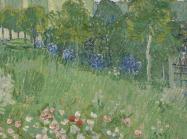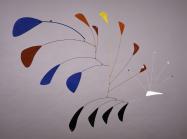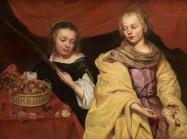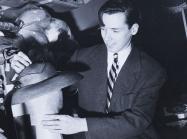These eight artists bent the rules when branding themselves. Although they worked across two centuries, all chose to adopt their mother’s family names instead of abiding by the traditional patriarchy…
Karen Chernick
Some of art history's greats have used everything from kitchen cloths to board games when they couldn’t get canvas or were short on funds.
For six weeks in 2011, visitors to room 20 of the Parisian Musee d'Orsay didn't know what to look at first—Gustave Courbet's L'Origine du Monde (1866), or the woman copying it at a nearby…
Traveling writer Maxime du Camp changed photographic history when he grew tired of sketching the sights.
A custom sign planted in MoMA's sculpture garden in 1943 said "Please Touch," signaling to visitors at Alexander Calder's retrospective that it was okay to handle the kinetic sculptures and mobiles.
To celebrate their city’s tricentennial, the New Orleans Museum of Art gathered under one roof what was once one of the greatest art collections in the world.
Organizing the first retrospective for Michaelina Wautier, a forgotten 17th century Dutch woman artist, offered a unique (and exciting) set of curatorial challenges.
Bill Cunningham’s posthumously published memoir, "Fashion Climbing," reveals a life inspired by beauty and originality.































